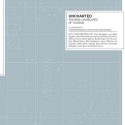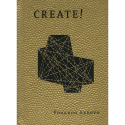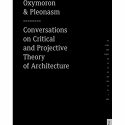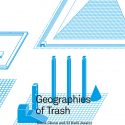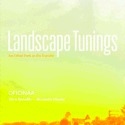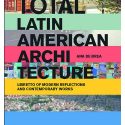An Urban Park at the Danube
Silvia Benedito &
Alexander Häusler / OFICINAA
Landscape Tunings maintains that landscape is more than ecology and technical performance; it is also an environment of paramount importance to one’s dispositions and wellbeing—an emotional space of social relevance, tuned with and for its communities. In this book, OFICINAA examines the design potentials of the Danube River as a civic anchor, a bioclimatic medium, and a space for collective imagination in the city of Ingolstadt, Germany.
Landscape Tunings: An Urban Park at the Danube explores the city’s littoral landscapes with video-essays, drawings, walks, public installations, and exhibitions—each spotlighting the sensate-space where the city meets the Danube’s edge. It then showcases the bottom-up and tactical design approaches of the Stadt Park Donau | Donau-Loop project, which aims to foster the spatial embodiment with the riverine environments facing the present challenges of the anthropogenic era. With contributions by Günther Vogt, Andres Lepik, and Simone Schimpf, Landscape Tunings projects the role of littoral landscapes as a medium for the collective wellbeing of the city.
Flowing through ten countries, the Danube is one of the most international rivers in the world. Regardless of its scale, economic output, and ecological relevance, the Danube’s landscapes act as cornerstones for civic interaction while “touching” numerous urban fabrics. Initiated in 2013, the Stadt Park Donau | Donau-Loop project in Ingolstadt derives from a three-year design study in collaboration with the various communities in the city. Rather than totalizing, and related to the key German concept of “Stimmung” (tuning of space), the design interventions are spatial tunings to foster community access, wonder and delight. These interventions intensify the particularities of the river landscapes with its distinct environments, and leverage the potentials of the riverbanks as a “thick” space in the pressing commitments to social wellbeing. The Stadt Park Donau | Donau-Loop project was exhibited at the Museum of Concrete Art and Design in Ingolstadt. The exhibition shared the multiple scopes and scales of the design, inviting the public to envision the Danube’s inherent beauty as a spatial component in the urban fabric of one the fastest growing cities in Germany.
Buy German edition
EBOOK VERSION 
